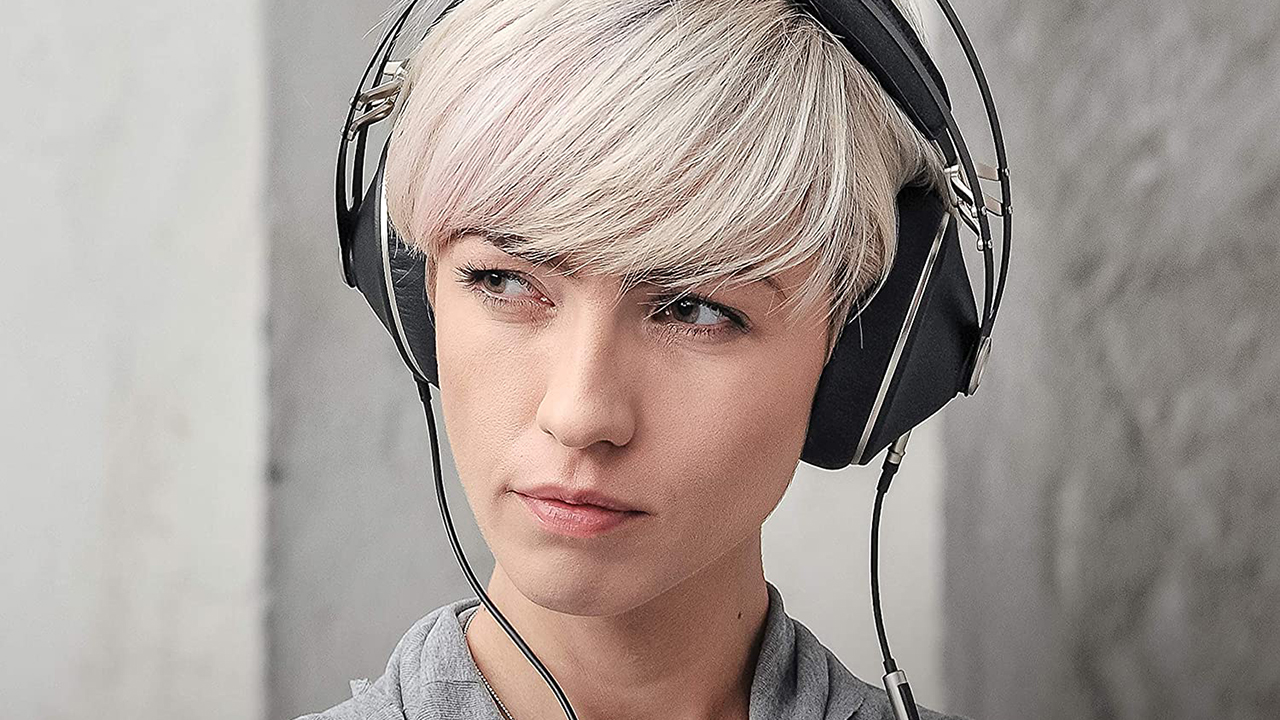Looking for the best audiophile headphones for metal, classic rock, prog and punk? Then you’ve come to the right place. No matter what your taste in music, investing in the best audiophile headphones will be the treat your ears deserve. It’s time to bin those bargain buds and get serious.
High-end headphones come in various guises. Over-ear models can be closed or open-backed and designed for listening at home, and many audiophile models tend to be wired rather than wireless.
There are premium Bluetooth wireless models too, which can be used at home or out and about with A.N.C (Active Noise Cancelling). Then there’s in-ear monitors, which feature precision drivers for absolute clarity. Like Hi-Fi over-ears, they’re thin on the feature front, but we’re fine with that.
When higher-fidelity is the goal, certain aspects of the music listening experience become important. Mid-range detail is favoured over bass, while the ability to discern space and air in a recording is a prize in itself. What we’re looking for is a smooth, accurate (as far as we can tell) tonal balance, plus high resolution detail and a generally open sound.
With the best audiophile headphones you’ll feel like you’re in the recording studio, peering over the shoulders of band or artist, rather than getting bruised in a circle pit at Bloodstock. The listening experience is immersive. Of course, we still want things to get dirty and visceral, but this added level of refinement is why higher performing cans tend to cost more. Not that you need to pay extortionate wedge for this privilege. The majority of our top audiophile buys won’t break the bank.
Best audiophile headphones: The Louder Choice
When it comes to performance Hi-Fi, are our go-to audiophile headphones of choice. Their open-back design creates a rewarding live-sounding listening experience that rivals can’t match for the price. That said, the retro vibes of the are difficult to resist too.
If you’re a gamer, then the should be your first port of call. Their performance with studio grade MQA streams is remarkable for the price.
Finally, if wireless Bluetooth tops your wants list, then Sony’s WH-1000XM4 remain a perennial favourite, although Technics EAH-F70N run them perilously close.
Best audiophile headphones: Product guide
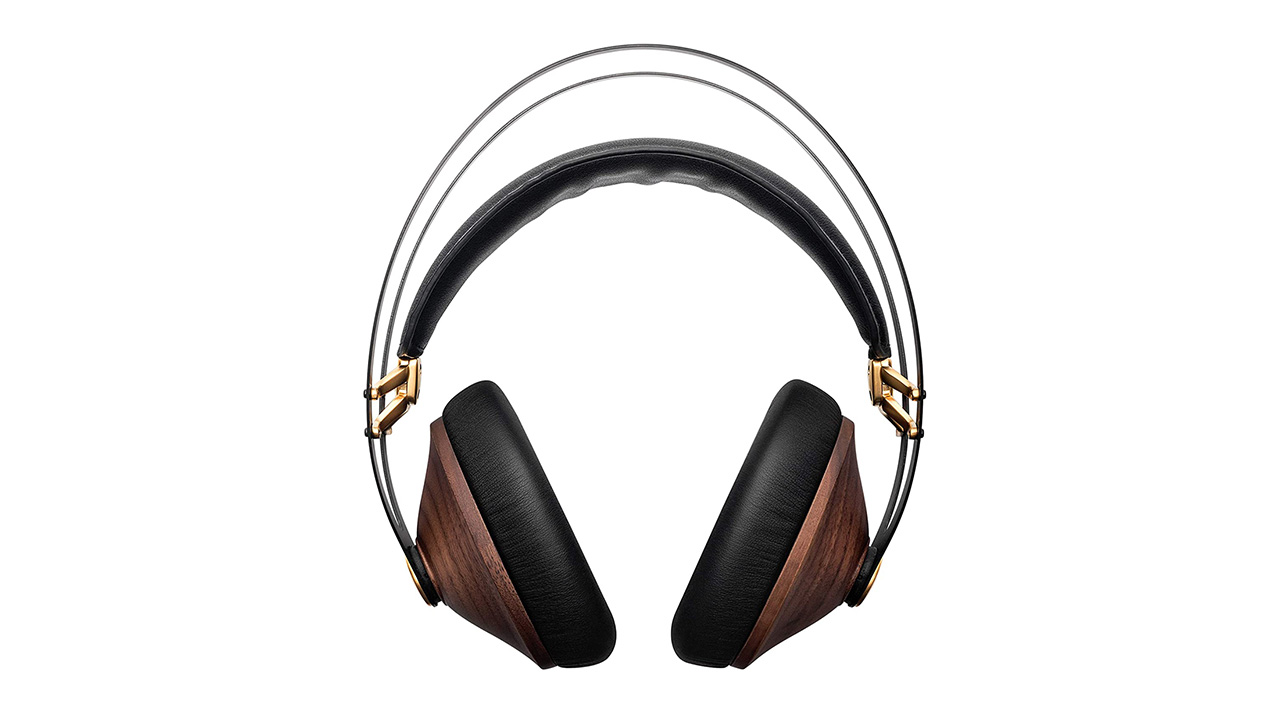
It’s clear from the solid walnut ear cups and spring tensioned headband that Meze Audio’s 99 Classics want to court the audiophile cognoscenti - and we’re happy to be romanced.
The 99 Classics adopt a closed-back, over-ear design, and are effortlessly cool and comfy. They’re wired, not wireless, and ship with two detachable kevlar cables, one 3m and the other 1.2 for portable use. At the headphone end, dual left and right plugs, insert meaningfully into each cup.
The 99 classics are light at 260g, that chromium-manganese alloy headband doesn’t exert undue pressure. Handling the workload are 40mm drivers, which prove amazingly agile and tonally accurate.
They manage that rare feat of revealing fresh detail in AC/DC's Thunderstruck, a little more rasp to Brian Johnson’s gravel delivery, placing more air around Chris Slade’s kit. What the Meze don’t do is bludgeon. But the mid-bass is good enough to keep us happy.
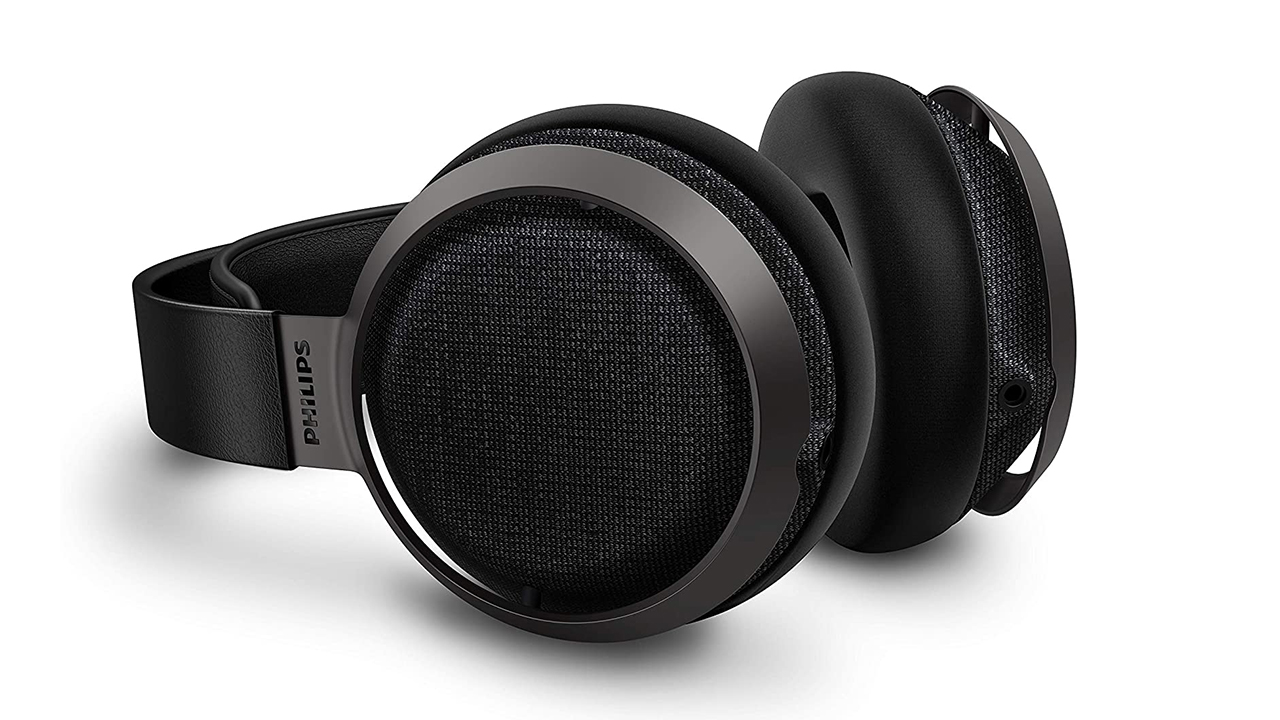
Offering superb sonics and a luxury build, the Fidelio X3 mark a return to audiophile pastures for Philips.
These over-ears utilise a open back design, although you won’t know for looking, as Kvadrat fabric backing provides cover. They’re inevitably leaky at volume, so maybe not a pair to don when your roomie is drooling over Masterchef. Powerful 50mm drivers offer the perfect balance between slam and edge.
The X3 are obviously far too posh to leave the house - velour ear cushions are not made for commuting - and they’re wired rather than wireless, but pour yourself a wee dram and kick back with some lilting Psycroptic and you’ll quickly be won over by their studio grade charm.
Read the full Philips Fidelio X3 review
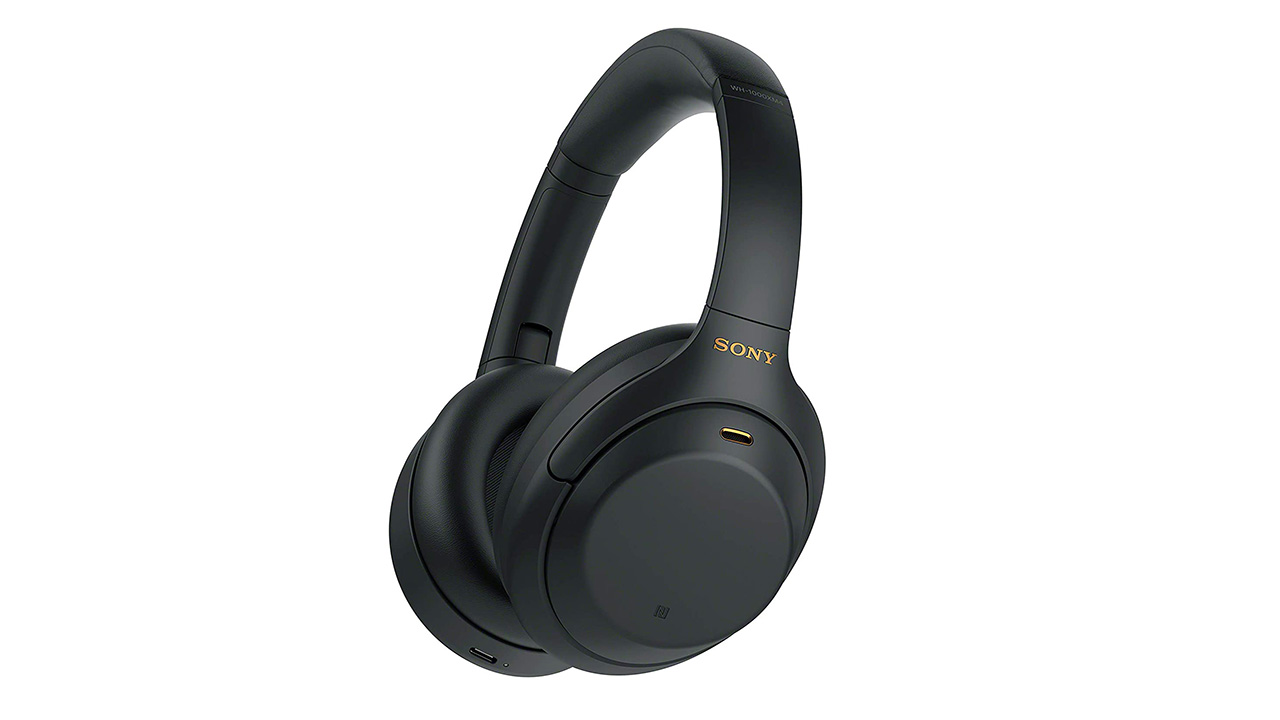
Sony’s all-conquering 1000XM Series turn to leading edge AI wizardry for this fourth iteration, introducing a slew of clever features, including Adaptive Sound Control and Speak-to-Chat. The former adapts the noise cancelling profile of the headphones based on changing environments - which to be fair, few of us having had little need for over the past year.
There’s no change to audio or noise cancelling performance compared to their predecessor, the WH-1000XM3, but that’s still good enough to give them the edge over rival wireless ANC cans. The headphones use the same silky 40mm Liquid Crystal Polymer drivers as before, and drop deep when required.
Arguably the most useful feature addition is DSEE Extreme which compensates for audio lost during digital compression, great when listening to non hi-res audio streams.
The style is minimalistic, the faux leather pads reassuringly comfortable. Battery life runs to a class leading 30 hours. Faultless for the money.
Read our Sony WH-1000XM4 review
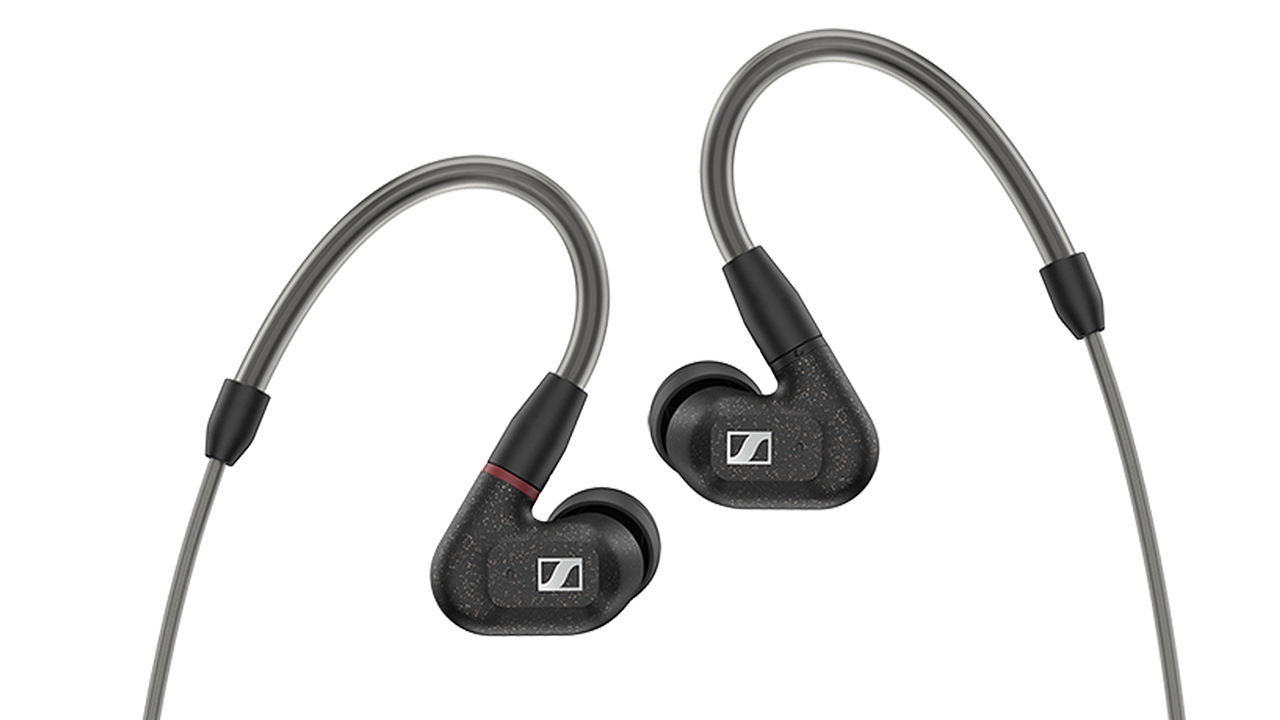
Sennheiser’s cabled in-ear monitors offer higher-fi without the trappings or weight of larger over-ear headphones. Combining a pro-audio IEM design with high-end, precision engineering they deliver a remarkable audiophile experience on the go.
Key to this is a custom-designed 7mm Extra Wide Band (XWB) transducer, tuned for sonic accuracy. For such small buds these earphones sound huge.
They’re super comfortable to wear too, sitting flush in a way the average True Wireless buds don’t. Adjustable, flexible ear hooks and accommodating memory foam adaptors keep them comfortably in place. Even though there’s no noise cancelling built-in, the fit alone offers a high degree of isolation.
The IE 300’s take inspiration from pro-style in-ear monitoring earphones, and as such they’re not a direct competitor to Noise Cancelling True Wireless buds. Bluetooth is AWOL and there’s no mic built-in or in-line volume control.
The cabling terminates in 3.5mm jack, so make sure you have a mobile or media player that supports this.
Expanding the Head Of Zed, from Rob Zombie’s The Lunar Injection, plays fast and loose with its stereo soundstage, but the IE300’s never lose track. Triumph Of King Freak, with its pirouetting riffs and samples is as complex a mix as it gets, but again these IEMs keep the presentation uncluttered and clean.
The level of detail and space on offer is remarkable, with a bass weight that’s entirely satisfying.
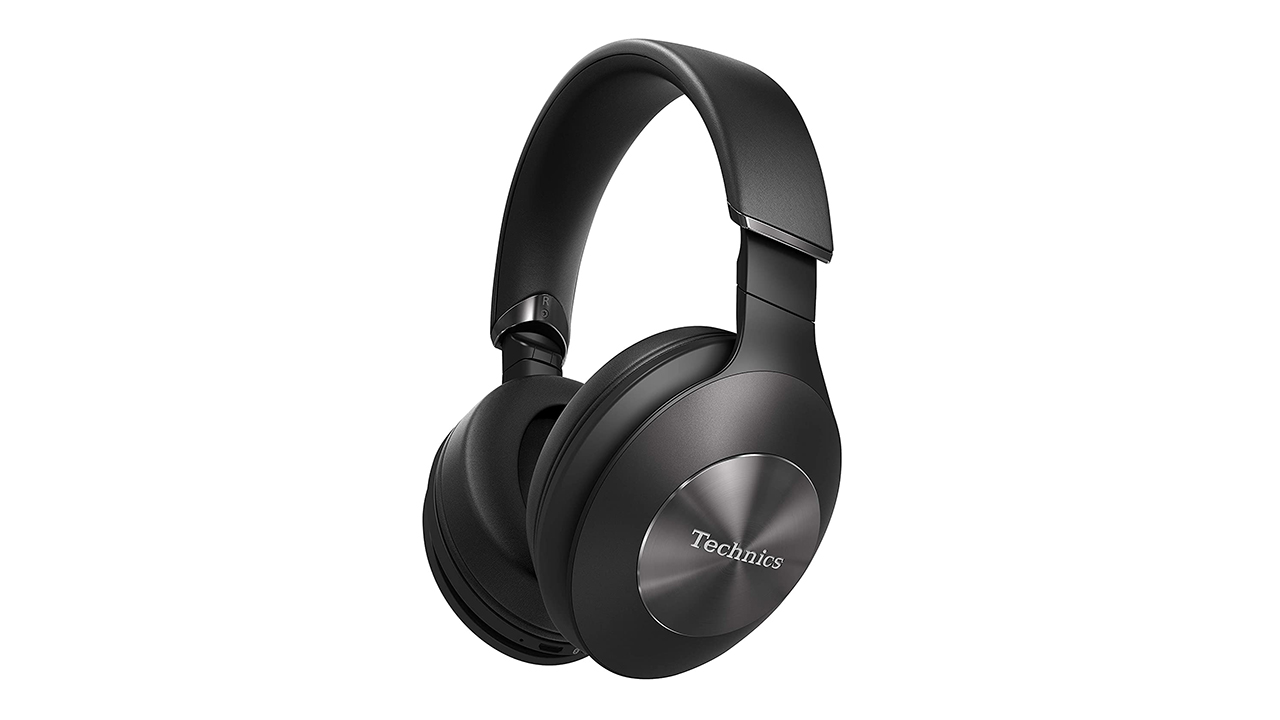
Design wise, these Technics over-ears are slick and contemporary. The oval earcups have comfy polyurethane foam padding, with a swivel hinge so they fold down for easy stowing. They might feel a little tight on larger heads though. Just as well, as you’ll want to gstrut about about with these wireless Bluetooth barnstormers.
Noise cancelling is excellent. These Technics give the class-leading Sony’s WH-1000XM4 a run for their money. In addition to full NC, there’s also a transparency mode, which lets you pick up ambient noise when out and about.
Battery life comes in at 20 hours, some way down on the competition, but Bluetooth is aptX HD so hi-res streaming is catered for.
The Technics have a juicy mid-range and plenty of toppy detail - just the thing for proggy noodles and classic rock. Guitar riffs sound perfect. Dynamic 40mm neodymium drivers, made from a rigid composite that reinforces their bass performance, go reassuringly loud.
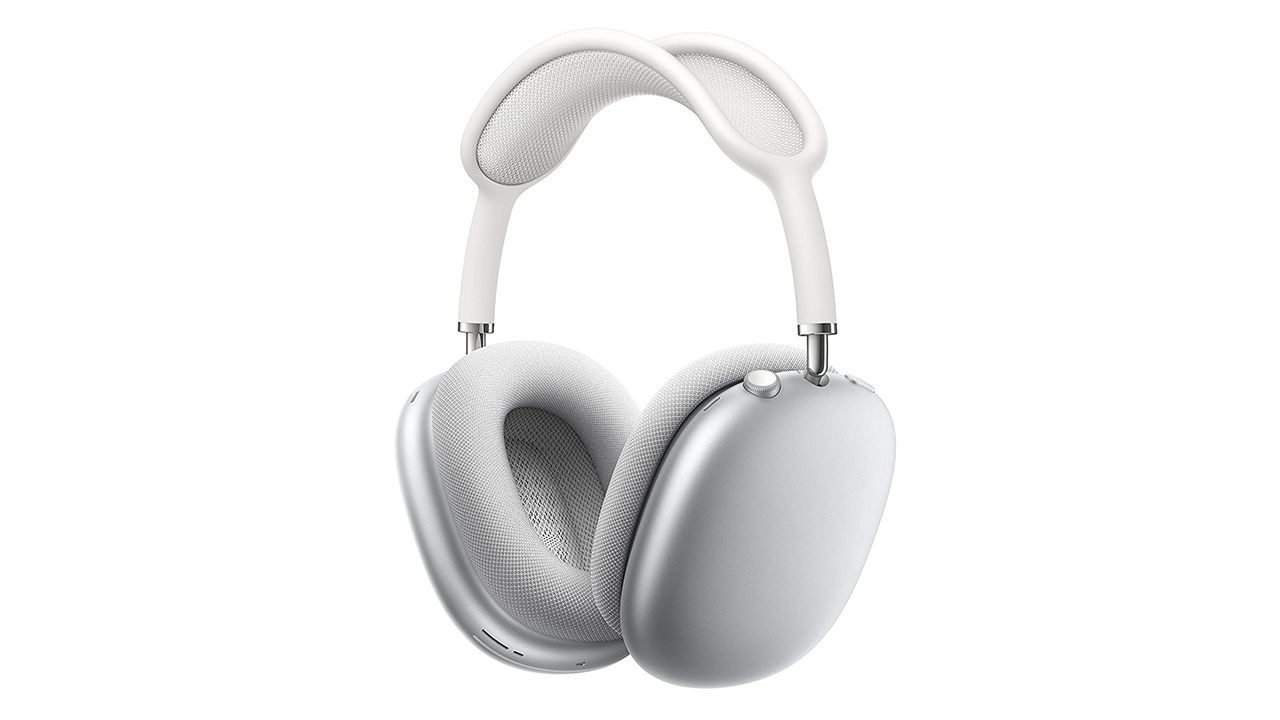
Apple’s flagship over-ears may be for iPhone users only, and they’re unquestionably over-priced compared to the competition, but that doesn’t prevent them being hugely impressive. More Muse than Motorhead, they offer Apple Adaptive EQ, Active Noise Cancellation and Siri voice control. These are quite the triple threat.
Design is clearly Apple. A stainless steel headband with telescoping arms keeps the fit nice and smooth, while the ear cups employ acoustic memory foam to create an effective seal. Control comes via a Digital Crown, borrowed (not literally) from the brand’s Apple Watch.
The Airpods Max utilise the computational power of the brand’s H1 chipset, which is considerable. Delivering deeper bass and crisp highs are a pair of Apple-designed 40mm dynamic drivers. Bluetooth is v5.0.
Read our Apple Airpods Max review
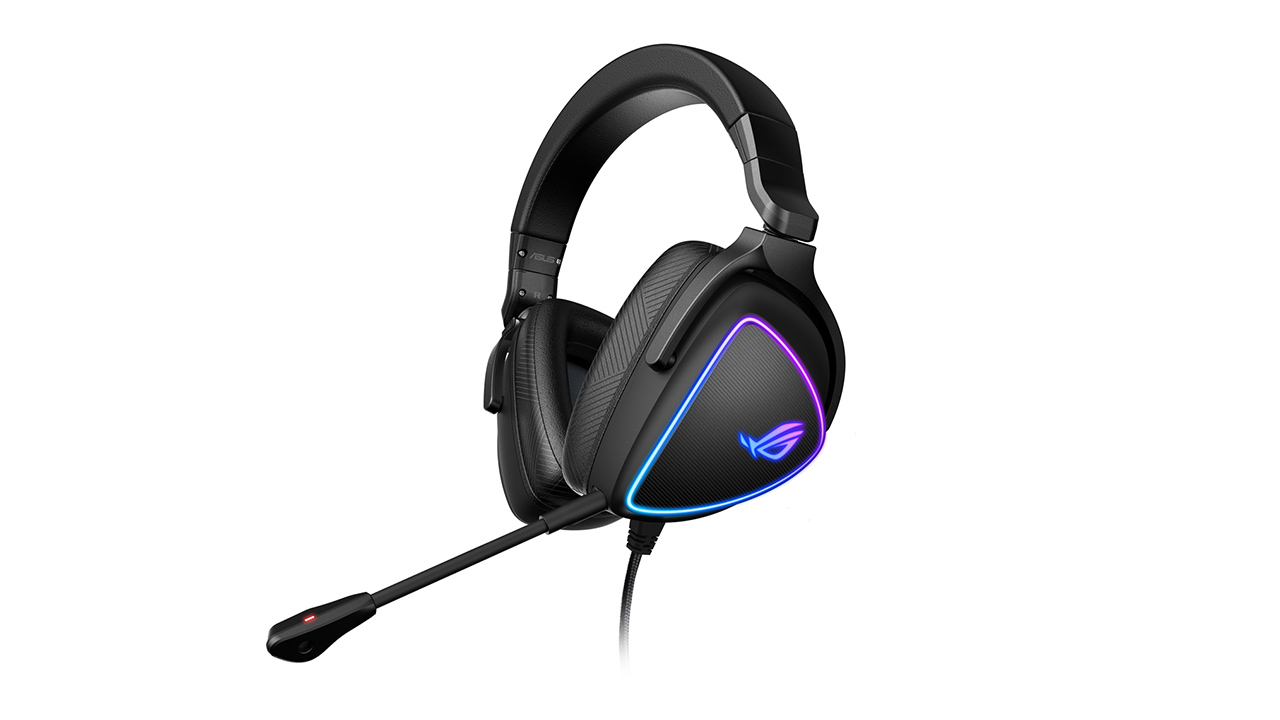
You're into high-quality audio, but you’re also a die-hard gamer. Do you really need two pairs of headphones to cover both obsessions? Asus says no. Its ROG Delta S cans uniquely straddle camps, rocking out and playing hard.
Thanks to a new codec by ESS, the ES9281PRO, the Delta S can handle audio data rates up to 32-bit 384kHz, and have a built-in MQA renderer. Translated, this means you can stream hi-res audio and Master Quality Assured tracks from Tidal and Deezer in spine-tingling clarity.
The design is pure gamer chic though. Wired, not wireless, the ear cups feature customisable RGB lighting – you can opt for a static colour, strobe or rainbow patterns. Obviously you can’t see this light show, but it’ll sure look good when streaming on Twitch.
Big 50mm drivers deliver a raucous mid-range. Motley Crue’s Kickstart My Heart on Amazon Music HD roars like a rally in Sturgis.
Where the Delta S flounders, it’s lack of bass. But given the hybrid nature of these cans, and their keen price, that’s not something we’re going to rag on.
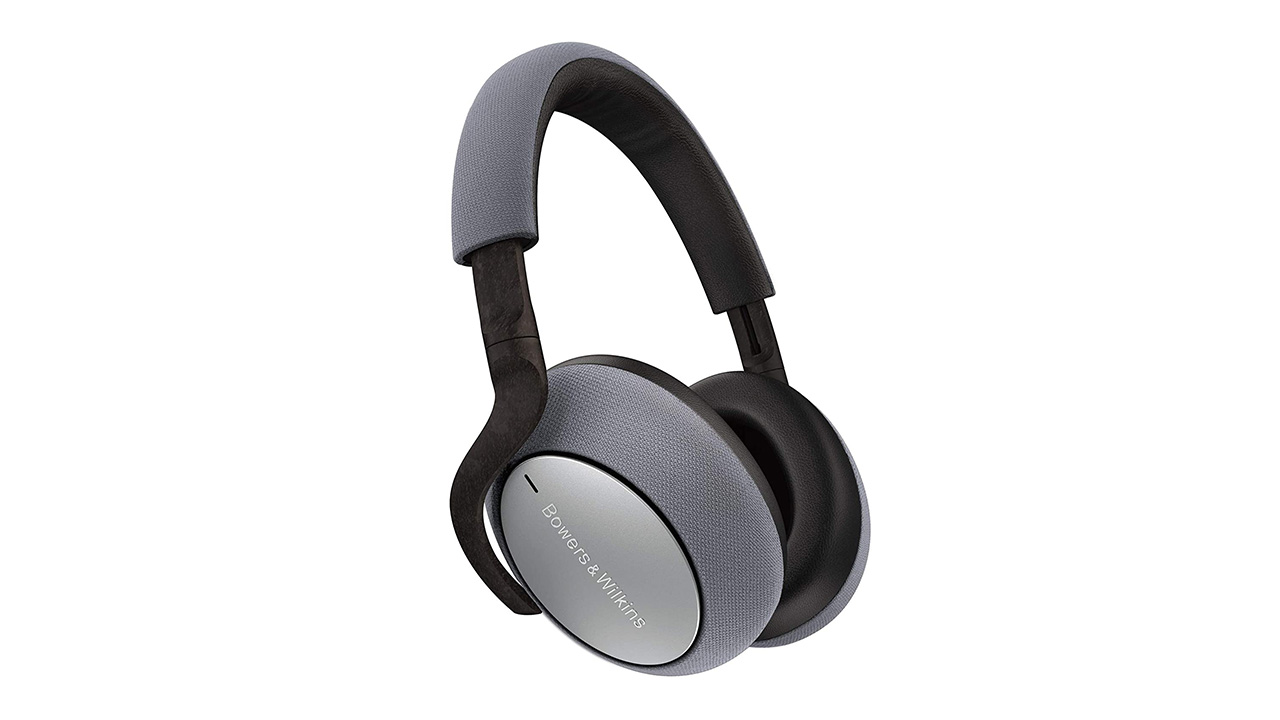
Beautiful build quality and a polished Hi-Fi performance has made Bowers & Wilkins PX7 a hot choice with audiophiles. They’re in the same weight class as Technic’s F70 and the Sony WH-1000XM4, and offer a similar level of performance, both in terms of noise cancelling and refinement.
Battery life runs upwards of 30 hours; and they offer quick charging via USB-C. Bluetooth is of the aptX persuasion. Expansive 46.3mm full-range drivers ensure bass and clarity. If you value top detail and musicality, these headphones impress. But if you want visceral dynamics, they come up a little short.
Physical buttons control power and track control, which we like. The ear pads are a soft faux leather, the headband cushioned. At just 310g, they’re light enough to work through at least half of Iron Maiden’s discography. Which is no small feat.
Read our Bowers & Wilkins PX7 review
Best audiophile headphones: Buying advice

When you’re buying audiophile headphones specifically for Hi-Fi listening, comfort is incredibly important, and often overlooked. The weight of the cans, the pressure they exert, all impact your long-term enjoyment. Headphones that sound great but become unbearable after an hour or so are falling at a fundamental first hurdle.
Consider carefully how you want to use your headphones. If you’re after a pure, musical experience, narrow your focus to open-back wired headphones. If you’re going to be wearing them out and about, high-end wireless models will obviously serve you better.
If you want to rock out and game (not necessarily at the same time), then that’s a different ball game entirely - but the above guide has that covered.
For the best possible audio quality, consider adding a dedicated headphone amp, perhaps a or , to your kit stack. These take a line level output from your source and amplify it to better drive your headphones. They can be transformative when it comes to audio quality.
Read more on how we test products and services at Louder.
Related guides
You can trust Louder Our experienced team has worked for some of the biggest brands in music. From testing headphones to reviewing albums, our experts aim to create reviews you can trust. Find out more about how we review.
- The best budget wireless headphones: ditch the cables
- The best headphones for vinyl: Cans to bring the best out of your wax
- The best headphones for music overall
- Best earbuds and in-ear headphones for every budget
- Best earplugs for concerts: make sure your hearing is gig-ready
